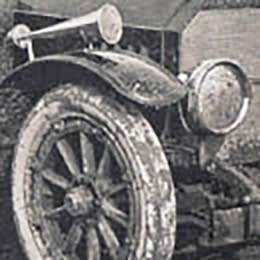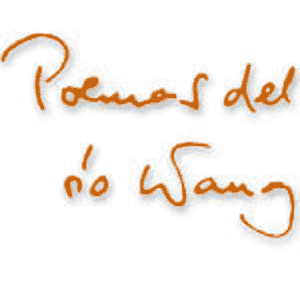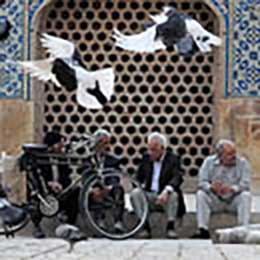 The corner at the Maryla shop in the 1920s and in 2004. From the books by Р. Пастух:
The corner at the Maryla shop in the 1920s and in 2004. From the books by Р. Пастух: Вулицями старого Дрогобича (On the streets of the old Drohobycz), Львів:
Каменяр 1991, and Omer Bartov: Erased: vanishing traces of Jewish
Galicia in present- day Ukraine, Princeton University Press 2007.

Bruno Schulz, a writer in Polish language, was born in a Jewish family in Eastern Galitsia, now in the Ukraine. He is best known for his Cinnamon Shop and Sanatorium under the sign of the Hourglass, but he was also a provocative and unorthodox designer. The engravings of his The Idolatrous Booke, published in 1922, provoked a certain scandal.

During the Nazi occupation of his native Drohobycz – a then tripartite city, according to a well-known definition: 50% Polish, 50% Ukrainian and 50% Jewish – Schulz was confined to the ghetto together with other Jewish families (of the 15,000 Jews in the city before the war, only 400 were saved from the mass executions and the extermination camp of Belżec), obtaining a temporary protection by the SS officer Felix Landau, who ordered him to paint some frescoes for the children’s room in the house he had put in requisition. Those paintings are the ultimate witness of the genius of Bruno Schulz.
On 19 November 1942, during an operation in the city that killed 264 Jews, another SS officer, Karl Günther killed Schulz on the street with a blow on the head, so that he could later boast to Landau who had offended Günther by killing “his” Jew, the dentist Löw. The writer’s body was buried in the Jewish cemetery in a mass grave. During the Soviet period, the cemetery was obliterated by a quarter of gray barracks. So there was left nothing of Schulz in Drohobycz, not even the frescoes covered with various layers of paint and time and then forgotten.
On 9 February 2001 Benjamin Geissler, a German documentary filmmaker, after a long search managed to identify the house occupied by Landau during the war. A team of experts started to remove the outer layers of paint from the walls, and found traces of frescoes painted by Schulz, representing scenes inspired by the fairy tales of the Brothers Grimm.

While in the Ukraine the restoration of the paintings was being planned, on 21 May the five fragments hitherto brought to light suddenly disappeared. They were removed from the walls together with the plaster.

Later the Yad Vashem Holocaust Museum in Jerusalem announced that they entered into their possession. It was then revealed that some people had carried out a flash operation on the commission of the museum and perhaps with the help of the Mossad in order to remove the frescoes and to transport them to Israel, which claimed the moral right to their possession as an evidence of the Shoah.
An international quarrel broke out: to whom do these paintings belong, to Drohobycz and the Ukraine, to the Polish culture, or to the Jewish heritage and the memory of the Holocaust? Bruno Schulz, long forgotten and regarded with some suspicion in the Ukraine because of the Polish language of his works and by the Poles because of his Jewish origin, became a subject of contention and dispute between states, intellectuals and historians.
Finally in 2008 an agreement was born. Israel acknowledged that the paintings belonged to the Ukrainian cultural heritage, while the Museum of Drohobycz which preserves the other fragments of the fresco recovered subsequently, agreed to grant the paintings removed as a long-term loan in favor of Yad Vashem which in February 2009 exposed them to the public for the first time.
But this story still has something to say. The author’s powerful and precise words planted roots and gave more fruits. Bruno Schulz in the frescoes realized for the sadistic Nazi murderer of Jews Landau, portrayed himself and some other Jewish inhabitants of the city on the frescoes. The woods painted on the fairy tale scenes are reminiscent of that of Bronnitzky at the gates of Drohobycz, where in those days an authentic witch hunt took place (and the witch portrayed here had the face of Landau’s lover), resulting in the assassination and burial of thousands of Jews.

And the coachman driving two white horses has the same irregular face of the author, loking at us with a look of defiance, able to pass through almost 70 years of neglect to tell us and bear witness to those tragic days.


 The discovery of the portrait of Schulz from the film realized by Beniamin Geissler
The discovery of the portrait of Schulz from the film realized by Beniamin Geissler






Add comment